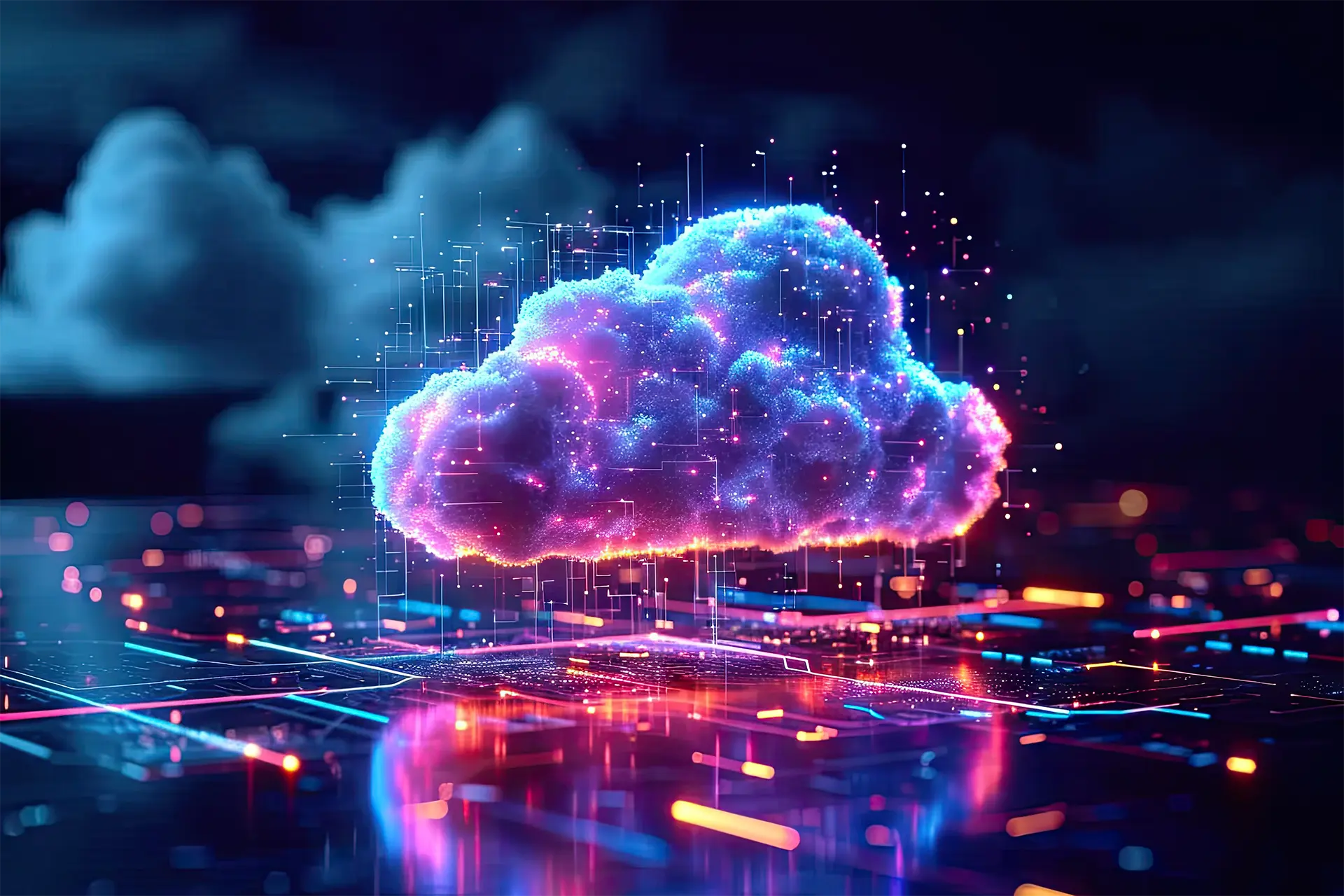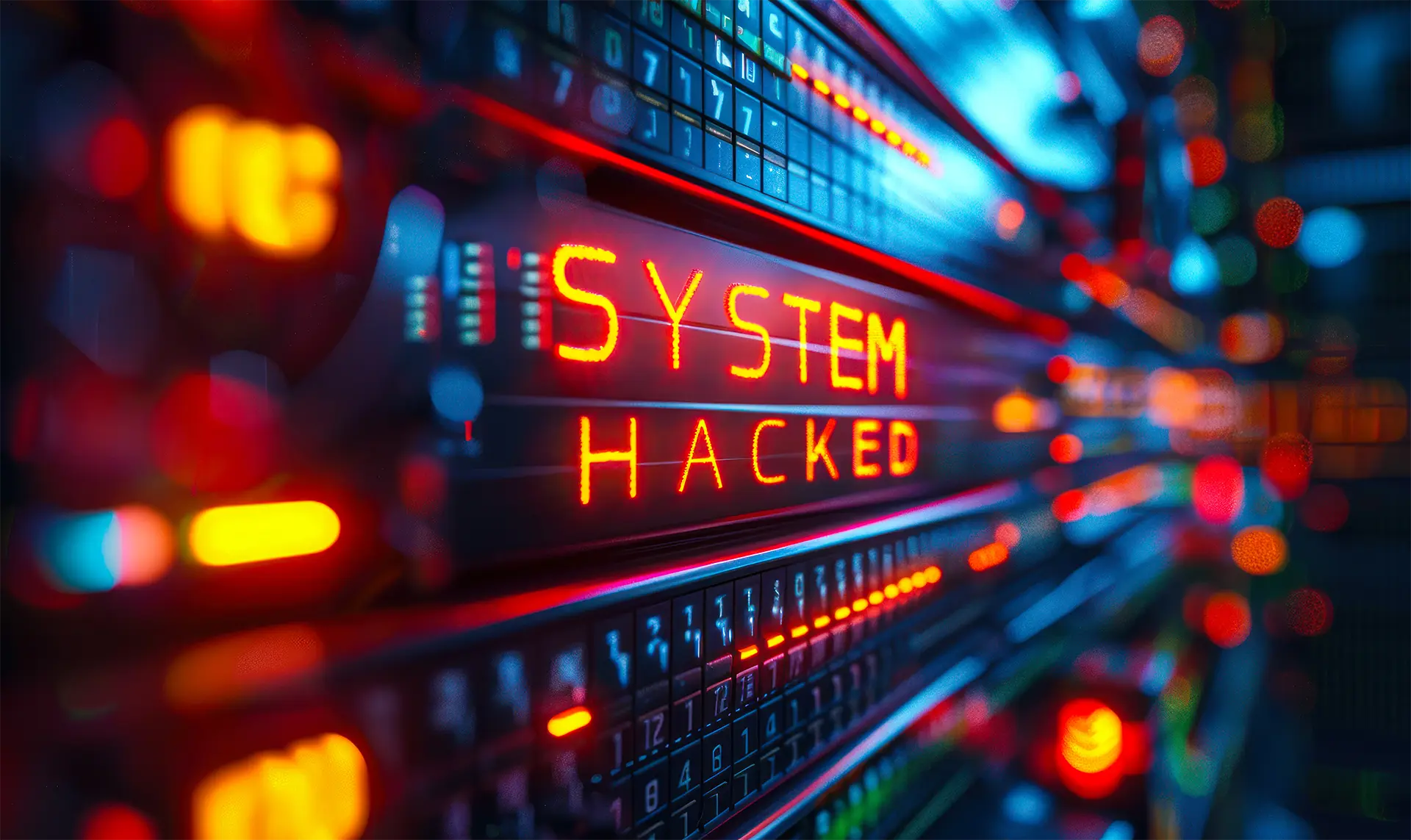Table of contents
- Risks of artificial intelligence: an overview
- Cyber security risks of artificial intelligence
- How to mitigate security risks
In recent years, artificial intelligence (AI) has revolutionized various sectors from healthcare to finance, from industry to entertainment. However, along with the numerous benefits offered, the adoption of AI systems has also raised significant concerns in terms of security. The risks of artificial intelligence are numerous and include cyber threats, privacy violations, and the malicious use of AI technologies.
Risks of artificial intelligence: an overview
In recent years, artificial intelligence (AI) has revolutionized different sectors, bringing numerous benefits but also raising significant concerns. The risks associated with artificial intelligence are many and go well beyond cyber threats and data protection. Here is a comprehensive overview of the main risks related to artificial intelligence, including job loss and control over people.
- Cyber threats
One of the most obvious risks of artificial intelligence concerns cyber threats. AI systems can be vulnerable to various types of attacks. These include adversarial attacks where attackers manipulate input data to deceive machine learning models. This can lead to erroneous or dangerous behavior of AI systems with potentially significant damage.
- Job loss
From the workers’ perspective, automation powered by new technologies governed by artificial intelligence can lead to job loss in many sectors. AI systems can perform repetitive and rule-based tasks more efficiently than humans, making some traditional jobs obsolete. For example, the adoption of chatbots and virtual assistants can reduce the need for call center operators. Additionally, industrial automation systems can replace manual workers in factories.
- Control over people
The use of artificial intelligence for the control and surveillance of people is another worrying risk. Technologies like facial recognition can be used to monitor and track people’s movements, raising serious privacy issues. In some countries, these technologies are already used for social and political control, limiting individual freedoms and increasing the potential for abuse by governments.
- Discrimination and bias
AI systems can perpetuate and amplify existing biases in training data. This can lead to discriminatory decisions in various contexts such as hiring, access to credit, and judicial sentences. For example, machine learning algorithms trained on historical data containing racial or gender biases can replicate these biases in their decisions.
- Data security
Data protection is another critical aspect. AI systems often require access to large amounts of personal data to function effectively. This poses a significant risk of privacy violations if the data is not handled correctly. Deep learning technologies, in particular, require vast datasets for training, increasing the risk of exposure of personal data.
- Information manipulation
Artificial intelligence can be used to create false and manipulative content such as deepfakes. These are artificially generated videos or images that can appear incredibly realistic. Deepfakes can be used to spread misinformation, influence public opinion, or damage the reputation of individuals and organizations.
- Physical damage
AI systems employed in critical contexts such as autonomous driving or medical robotics present risks of physical damage if they do not function correctly. An error in an autonomous driving algorithm can cause road accidents, while a malfunction in a surgical robot can have serious consequences for patients.
- Technological dependence
Increasing dependence on AI systems can lead to a decrease in human skills. As AI technologies take on complex tasks, humans may become less adept at solving problems and making decisions without the aid of AI. This can lead to a loss of knowledge and critical capability in various fields.

Cyber security risks of artificial intelligence
One of the main risks of artificial intelligence is represented by cyber threats. AI systems can be vulnerable to cyber attacks where hackers exploit flaws in the code or machine learning models to compromise systems.
Example:
Deep learning, a subcategory of machine learning, can be manipulated through attacks called “adversarial attacks” where false data is introduced to deceive the system.
Another significant risk concerns the protection of personal data. AI systems often process enormous amounts of data, including sensitive user data. This can lead to privacy violations if the data is not handled securely.
Example:
Facial recognition technologies collect and analyze images of human faces, raising concerns about how this data is stored and used.
Furthermore, the malicious use of AI represents a concrete threat. Artificial intelligence can be used for malicious purposes such as creating deepfake videos or images falsified through the use of advanced AI. These contents can be used to spread misinformation, manipulate public opinion, or even for extortion.
How to mitigate security risks
To mitigate the risks associated with artificial intelligence and security, a multifaceted approach that includes technical, legal, and ethical measures is necessary.
Security of AI systems
Implementing robust security protocols is essential to protect AI systems from cyber attacks. This includes:
- The use of advanced encryption techniques
- Regular security checks of the code and machine learning models
- The adoption of measures to detect and mitigate adversarial attacks
Protection of personal data
It is essential to ensure that personal data processed by AI systems are protected. This can be done through:
- Data anonymization
- The adoption of strict data management policies
- Ensuring that users are aware of how their data is used and have control over it
Regulations and standards
Creating and implementing specific regulations for the use of AI can help mitigate risks. Data protection laws such as the GDPR in Europe provide a framework to ensure that personal data is handled securely and transparently.
Ethics of AI
Promoting the development and ethical use of artificial intelligence is crucial. Companies and researchers must consider the social impact of their technologies and commit to developing AI that respects human rights and promotes the common good.
Education and awareness
Finally, educating the public and industry operators about the risks of AI and how to mitigate them is essential. The greater the awareness of potential threats, the better the practices adopted to prevent security incidents.
Artificial intelligence can bring enormous benefits to society, but it is essential to address the associated risks. Through an integrated approach involving technology, regulation, and ethics, we can ensure that AI is used safely and responsibly. This is to protect human beings and their personal data.
FAQ
- What are the main risks associated with artificial intelligence?
The main risks include cyber attacks, privacy violations, and the malicious use of AI to create falsified content such as deepfakes. - How can personal data be protected in AI systems?
Personal data can be protected through anonymization, the use of advanced encryption, and strict data management policies. - What are adversarial attacks?
Adversarial attacks involve the introduction of false data to deceive machine learning models, causing incorrect behavior in AI systems. - What is the role of regulation in AI security?
Regulations provide a legal framework to ensure the safe and transparent use of data and AI technologies, protecting users’ rights. - Why is ethics important in AI?
Ethics ensures that the development and use of AI respect human rights and promote the common good, preventing abuses and harmful uses. - How can companies mitigate AI risks?
Companies can mitigate risks by implementing security protocols, complying with data protection regulations, and promoting ethical practices. - Which technologies are particularly vulnerable to cyber attacks?
Technologies such as deep learning and facial recognition are particularly vulnerable to manipulations and cyber attacks.
